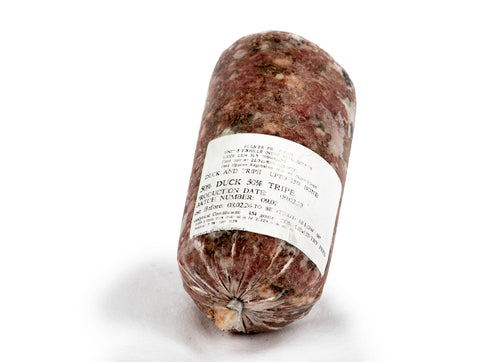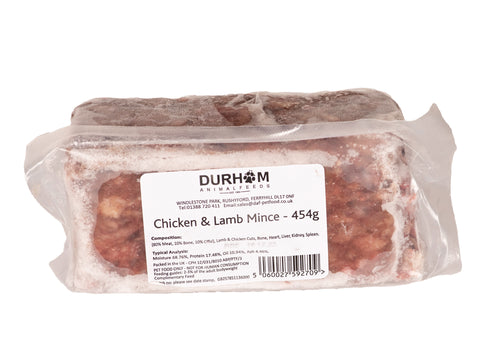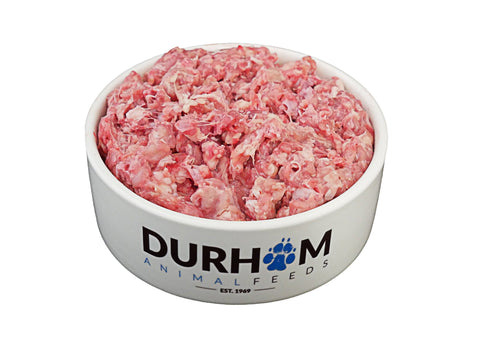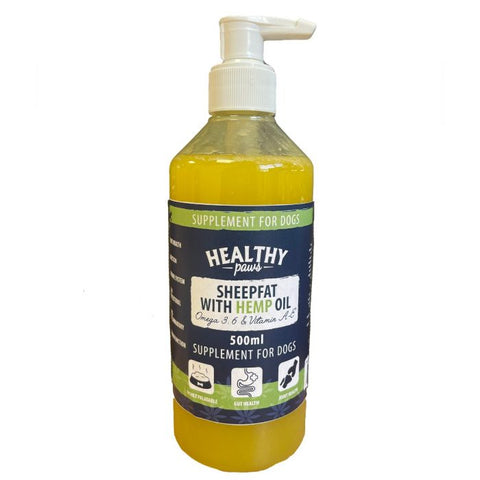Guide To Caring For White’s Tree Frogs

White’s tree frogs are arboreal, which means they live in trees, and their feet are equipped with special pads to climb on smooth surfaces with ease. Their habitat is typically the rain forest and they can usually be found near a water source. They are the most popular frog to be kept as a pet in the UK.
Their colour varies from green through blue to dark brown. The smooth wax-like green skin has a folded appearance as the White’s tree frog becomes larger.
The White’s tree frog can live for up to 10 years under the right conditions, so you must be prepared for a long-term commitment.
White’s tree frogs, also known as Dumpy Tree Frogs or Smiling Frogs, originate from Indonesia, New Guinea and Australia.
GENERAL CARE
Most problems with tree frogs are caused by nutritional deficiencies, such as inappropriate or unvaried diets, or from inadequate attention to enclosure cleanliness.
Tree frogs are susceptible to wounds, which can become easily infected, especially if the accommodation has not been kept clean.
Fungal infections can also be a problem and can often be fatal.
If you are at all worried about the health of your pet you should seek the attention of a vet. It is recommended to find a vet with frog experience. Your pet should also be insured again unexpected veterinary costs.
CHOOSING YOUR TREE FROG
A healthy White’s tree frog should be:
– Full bodied
– No scars or wounds on the skin or nose
– Bright, alert and active
HOUSING
Ideal accommodation would be a tall vivarium of plastic, glass or wooden construction (wood surfaces will need to be resin-sealed in order to protect the wood from the regular spraying of the enclosure). Ensure the lid is escape-proof.
A tight-fitting mesh screen lid will help provide good ventilation and access for securing light and heat fittings.
The enclosure should be provisioned with stout branches and either live and/or plastic plants. A moisture-retentive substrate such as coconut soil should be used on the bottom of the enclosure and the habitat should receive a light misting each evening with tepid water.
Use a hydrometer to measure the humidity – aim for this to be around 50-60 percent.
Tree frogs are inquisitive creatures so it is recommended to change the layout of their home regularly to avoid boredom.
A wide but shallow water bowl should be provided and this should hold either de-chlorinated water or clean rainwater.
HEATING
Tree frogs are cold-blooded and need an external heat source to maintain their body temperature. Only one side of the vivarium should be heated, as this creates a thermal gradient allowing the animal to choose its preferred temperature.
Thermometers can be placed at each end of this thermal gradient to monitor the temperature range available. The temperature of the heat gradient can be controlled by a thermostat. It is advisable to reduce the temperature slightly at night, as this reflects your pet’s natural habitat.
The temperature range should be around 24C at the cool end and around 30C underneath the basking spot. A nighttime reduction to around 18C is beneficial. Heating can be achieved by a combination of heat mats/heat tapes and a moderate strength UVB spot bulb.
LIGHTING
Whiteís tree frogs are primarily nocturnal, although light is essential to regulate itís biological clock. Furthermore, natural light mimicking fluorescent tubes will be required for the growth of any plants included in the enclosure.
The light should be set on a timer with a twelve hour on and twelve hour off cycle.
FOOD AND WATER
Food variety is important to the tree frog and most will take invertebrates such as crickets, locusts, wax moth larvae and occasionally mealworms. Pinkie mice are almost always welcome but should not be offered all the time.
All uneaten food must be removed if not eaten overnight. They have very strong appetites but should only be fed 3-4 small meals per week, otherwise, they are likely to become obese.
It is important to feed the live food a nutritious diet and water to ensure your pet is also receiving a balanced diet. This is also known as ‘gut loading’ the live food.
It is very important that live food should be dusted with a vitamin and calcium supplement on a regular basis;
once a week for non-breeding adults and all food for juveniles. Failure to undertake such dietary supplementation may result in metabolic bone diseases and other such problems.
HANDLING
Handle your tree frog as little as possible, if you do need to handle either use wet hands or catch in a net.
PET CODE OF PRACTICE
Never release a pet (companion animal) into the wild. It is illegal and for most species, this will lead to an untimely and possibly lingering death, as they are not native to this country. Any animals or plants that do survive might be harmful to the environment. This includes the need to properly dispose of the soiled substrate so that eggs and live food can’t escape into the wild.
SHOPPING LIST
Vivarium with tight-fitting light
Moisture-retentive substrate
Food
Heat pad, lamp
Branches, plants, etc
Thermostat
Water bowl
Book that covers tree frog care
The Animal Welfare Act 2006 means all pet owners have a legal duty of care to their pets. Anyone who is cruel to an animal or is found not to be providing the five animal welfare needs, as listed below, can be fined and sent to prison.
The Five Animal Welfare needs:
1. Environment: Pets should be given the correct housing according to its size, this includes shelter, space to exercise and a secure, comfortable place to rest.
2. Diet: Pets should be offered the correct type and volume of food to cover all their nutritional needs alongside access to clean, fresh water.
3. Behaviour: All pets should be allowed to exhibit normal behaviour patterns and should be provided with the facilities to do so.
4. Company: Some animals require the company of their own kind, whilst others should be kept on their own.
5. Health: All animals should be protected from pain, suffering, injury, and disease, and given veterinary treatment if they become sick or injured.
Credit to The Pet Charity www.thepetcharity.org.uk
Registered Charity No: 1052488







